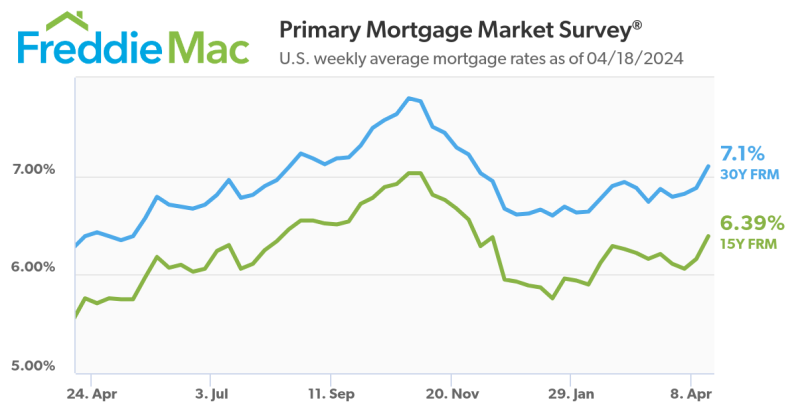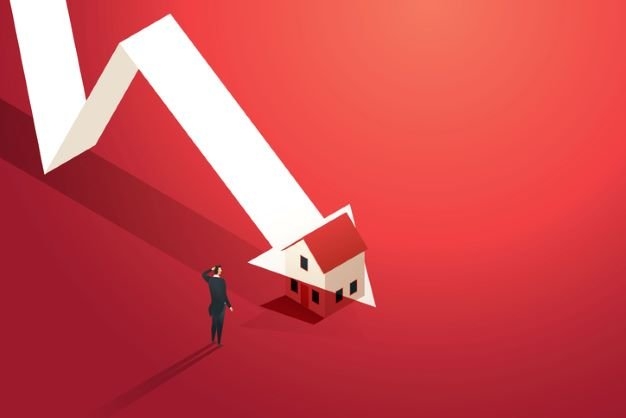Advertisement
The future of demand: Trendsetters to watch (Part II)
Forward on Reverse: An equity-consuming home loanAtare E. Agbamu, CRMSreverse mortgage, negative amortization, equity-consuming home loan
At a reverse mortgage presentation during the Minnesota Association of Mortgage
Brokers 2006 Convention and Expo at the Hyatt Regency in
Minneapolis in September, an industry colleague asked, "Atare,
isn't a reverse mortgage a neg-am (negative amortization)
loan?"
I said, "No, it's an equity-consuming home loan." Well, how can
I say that when everyone knows that they are neg-ams and that there
is a negative amortization disclosure in a typical reverse mortgage
Truth in Lending disclosure? Let's do some "reverse" analysis of
neg-am vis-à-vis reverse mortgages.
Negative amortization is a carryover concept from traditional
forward mortgages where the purpose is to build equity by paying
down or amortizing the loan through scheduled monthly payments. The
mission of reverse mortgages is different. It is not to build, but
to consume built-up equity. It is not to preserve, but to use home
equity. Here is how Barron's Dictionary of Finance and Investment
Terms defines negative amortization:
" ... financing arrangement, in which monthly payments are less
than the true amortized amounts and the loan balance increases over
the term of the loan, rather than decreases; the interest shortage
is added to the unpaid principal. In some cases, interest shortage
is added back to the loan and payable at maturity ...
As this definition confirms, traditional forward mortgage
monthly loan payments are designed to reduce the loan balance;
therefore, when monthly payments are less than required to pay down
the loan balance, negative amortization results.
With reverse mortgages, there are no scheduled monthly payments
of interest and principal with the goal of eliminating the debt;
there are monthly charges of interest, a servicing fee and other
fees (and sometimes scheduled and unscheduled amounts of principal)
to equity. These monthly charges decrease home equity and increase
debt as designed. Again, the aim of a reverse mortgage is to spend
equity, and a borrower goes into a reverse mortgage situation fully
aware (thanks to mandatory consumer education) of this purpose.
A typical forward mortgage borrower starts out home-equity poor,
but a reverse mortgage customer begins the process home-equity
rich. One needs shelter (and home equity), the other tax-free cash,
shelter and no monthly payments. So calling a reverse mortgage a
neg-am loan is a misnomer, because amortization is not a part of
its design. A reverse mortgage borrower may choose to pay down
(amortize) or pay off the rising debt at any time without penalty,
but he has no contractual obligation to do so through regular fixed
or variable monthly payments.
"But Atare," you ask, "how come every reverse mortgage software
in use has an 'amortization schedule'?" That's part of the
confusion. What we now call an "amortization schedule" is a
spreadsheet that shows essentially what a reverse mortgage borrower
could owe in cash advances, interest and fees, offset by possible
home appreciation, up to his 100th birthday. In the words of Connie
Osman of BNY Mortgage, it is a "snapshot in time" of what a reverse
mortgage borrower's loan could look like over time.
In the place of "amortization schedule," I suggest the term
"projected loan activity schedule" or "projected loan activity
summary." A projected loan activity schedule or summary is a better
description of what we now call "amortization schedule" in reverse
mortgages. Besides which, it severs the murky conceptual link (and
confusion) with the traditional forward mortgage amortization
schedulethe real amortization schedule.
A more accurate way to describe these fascinating home-equity
loans is that they are equity-munching or equity-consuming home
loans. We can also refer to them as rising-debt/falling-equity
loans, as reverse mortgage pioneer Ken Scholen aptly describes them
in his foundational books. So why should you care whether reverse
mortgages are neg-am or equity-consuming loans?
Because associating reverse mortgages with neg-am loans has
implications for marketing reverse mortgages. Neg-am loans connote
high costs as well as predatory and abusive loans, causing some
professionals and consumers to recoil from even taking a fair look
at them and putting the reverse-mortgage marketer on the defensive.
A reverse mortgage marketer should not be ashamed to talk about one
of the most important financial innovation of the last century
because of an inappropriate program label.
Never mind that layers of built-in consumer safeguards make
reverse mortgages the antithesis of predatory loans and that their
high initial costs decline over time, unlike your typical Section
32 loans. In fact, Section 32 of Regulation Z specifically exempts
reverse mortgages, though they are subject to their own, more
stringent set of disclosures under Section 33 of Regulation Z. In
addition, their non-recourse feature guarantees that a borrower can
never owe more than his home is worth. With traditional forward
mortgage neg-am home loans, a borrower can easily owe more than his
home is worth.
The next time someone tells you reverse mortgages are neg-am
loans, sit him down and share your better understanding of reverse
mortgages as unique, equity-consuming home loans with him.
Think reverse. Move forward!
Atare E. Agbamu, CRMS is president of ThinkReverse LLC, a reverse
mortgage training and consulting firm based in the Twin Cities and
is a consultant with Credo
Mortgage. Atare is regarded as an emerging authority on reverse
mortgages and is frequently consulted by financial professionals
and families across America. His reverse mortgage interviews have
been Webcast on MortgageMag Live! He can
be reached by phone at (651) 389-1105 or e-mail [email protected].
About the author





